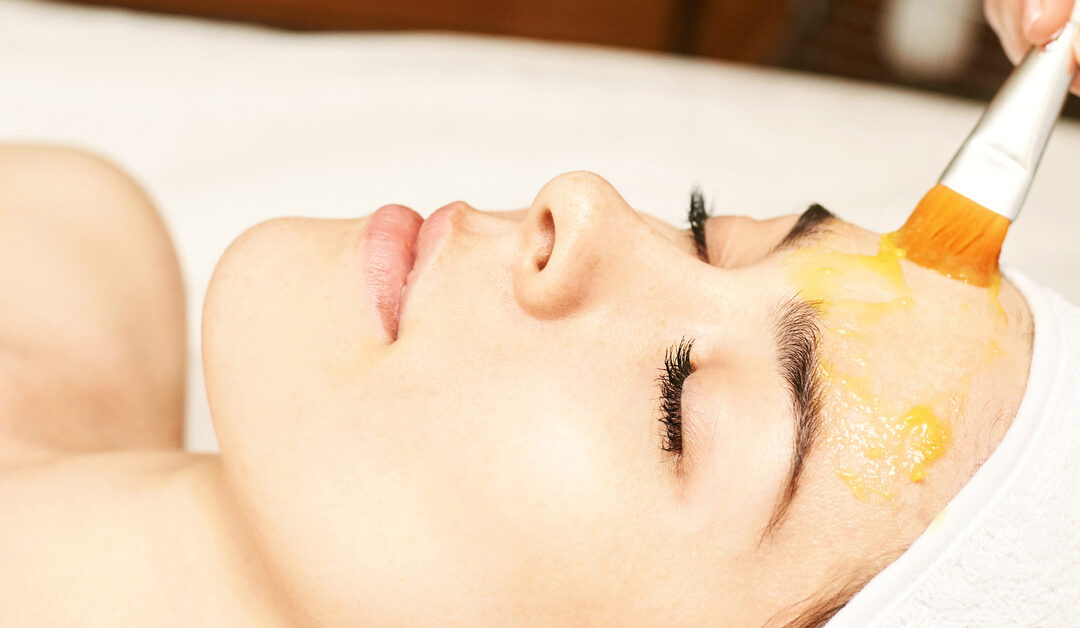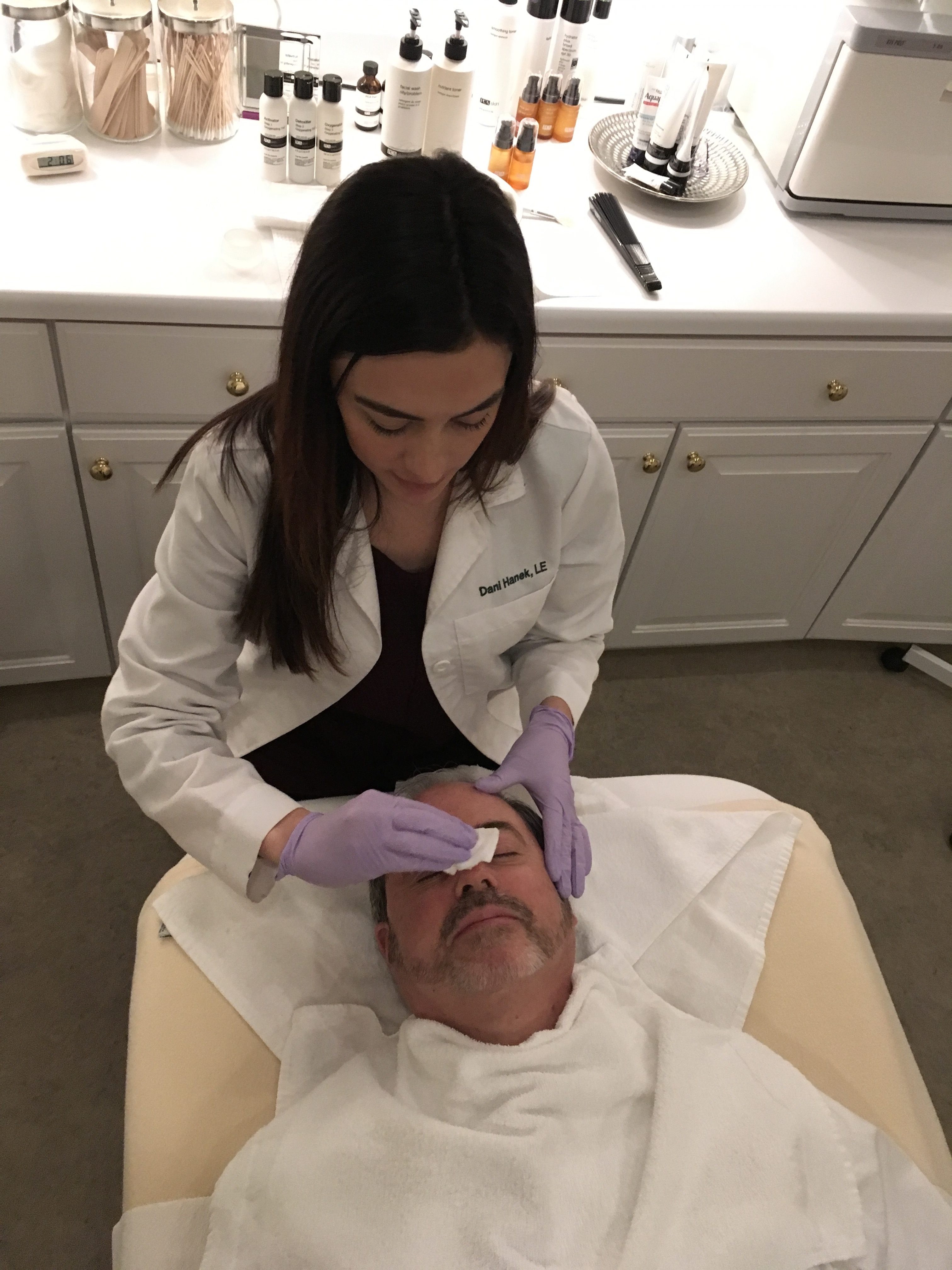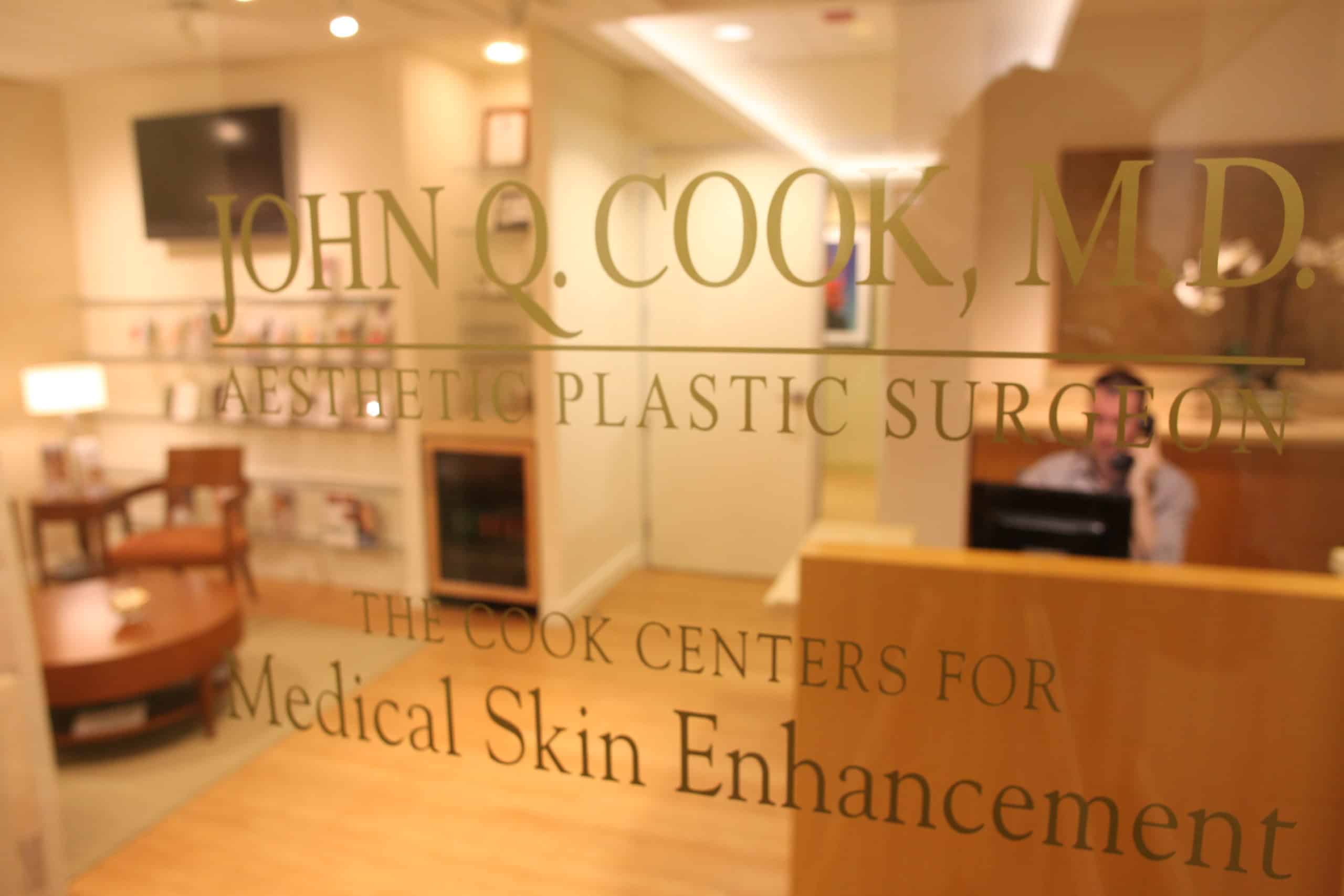Like many of our patients at the Whole Beauty® Institute, you have spent much of the summer in outdoors: tennis, golf, running, cycling and a variety of activities in and on the water. Delightful as outdoor sports may be, they may have left your skin is less than perfect shape. With early fall just around the corner, you are looking for ways to refresh and revitalize your skin.
At Whole Beauty® we offer our patients an extensive portfolio of treatments to restore the skin’s vitality. Skin peels are an important component of our approach to skin rejuvenation. Medical grade peels offer men and women a wide range of benefits, far more than just freshening up the skin’s surface.
Three Misconceptions about Skin Peels
1. Skin Peels offer only minor benefits.
This misconception is due to the widespread use of peels in a wide variety of spa settings. The peels offered at hair salons and skin spas are of necessity limited in their power. In the last 5 years, medical grade peels have undergone a transformation that has significantly increased their power and range of applications.
2. Skin Peels only freshen the skin’s surface.
Much of this misunderstanding comes from the word “peel.” This suggests that these treatments are all about removing the skin’s surface. Although surface restoration is an important benefit of some types of skin peels, this is only one aspect of the range of applications that are available. We offer peels that target a wide variety of skin conditions, such as hyperpigmentation, rosacea, and dehydration.
3. Skin peels are of necessity rough on the skin.
We are in an era where skin peels can be customized to address very specific skin conditions. Some peels require minimal down time. We also offer more powerful peels that address skin that has substantial damage. These peels may require several days of recovery.
What are skin peels?
Many people have a mistaken image in their mind that skin peels are all about burning off the surface of the skin with some type of chemical. Again, this misconception comes from the very name, “skin peel.” The earliest forms of skin peels were simply about removing the outer part of the skin and stimulating the healing response so that a fresher skin resulted.
Some contemporary peels still are primarily designed to work the old fashioned way, but an increasing number of peels have a different purpose.
The current generation of peels offered in a medical environment are targeted to very specific skin conditions that may or may not involve the skin’s surface. With many sophisticated skin peels, the main purpose of treating the skin’s surface is to enhance the penetration of beneficial substances that can reach the deeper layers of the skin.
The term, skin peel, when used in this context, covers a wide variety of substances applied to the skin that will result in the improvement of specific aesthetic conditions.
Six Skin Conditions that Respond to Medical Grade Peels
At our offices in Chicago and Winnetka our skilled aesthetics team applies targeted peels to help a variety of skin conditions. We often combine peels with other aesthetic treatments to amplify their power.
1. Rough Dull Skin
This is the quintessential indication for skin peels. When the skin is subject to excess sun and other environmental stresses, the outer layer of the skin thickens as a defensive reaction. This makes the skin rough and dull. A reduction of this surface roughness makes the skin more transparent and beautiful. It also makes other skin treatments such as IPL (intense pulsed light) more effective, since the healing light will not be scattered by the skin’s surface.
2. Fine lines and pores
With age, sun, and environmental stress the deeper layer of the skin becomes thin and dehydrated. This is part of the reason why older skin starts to show fine lines and enlarged pores. Specific peels can help to restore the tone to this deeper layer and this reduces the appearance of fine lines and pores. We extend the benefits of the peels with a range of in-office treatments and the Whole Beauty® line of medical grade products.
3. Irritated Skin
Due to misconceptions about peels patients are often surprised when we offer specific peels to calm irritated skin. In fact there are special peels that involve substances which reduce redness and irritation.
4. Dehydrated Skin
This is another surprise for many people, related to the unfortunate word “peel.” With a proper selection of ingredients peels can help to restore hydration to damaged skin. This benefit is enhanced with the selection of home products, especially our flagship product WBR3.
5. Rosacea
With the latest peel technology it is possible to target difficult skin conditions such as rosacea. We usually employ a combination of treatments to help this condition.
6. Hyperpigmentation
Areas of excess skin pigment can be notoriously difficult to treat. Even challenging pigment conditions such as melasma can respond to a carefully designed program of peels.
Natural Ingredients in Skin Peels
Another misconception comes from the word “chemical, “which is frequently attached to the word “peel,” as in “chemical peel.” This may conjure up the image of some unpleasant artificial chemical that is applied to the skin. Patients are often surprised when they learn that the majority of skin peel agents are natural botanical extracts. Remember too that everything, including the natural structure of our bodies, has a chemical structure. Some skin product companies claim that a substance is good because it avoids chemicals. This is utter nonsense. Everything has a chemical structure; it is fundamental to the construction of the universe.
Here are where many of the substances used in chemical peels come from:
- Lactic: Milk
- Mandelic: Almond
- Salicylic: Bark from willow tree
- Azylaic: Yeast that naturally resides on our skin
- Ferulic: Coffee, apple, artichoke, and peanut
- Pyruvic: Glucose (ie sugar)
- Kojic: Mushroom
- Phytic: Grains, nuts, seeds, and coconut
Most of the substances in peels are applied in acid form. This sounds frightening until you review your high school chemistry. When something is described as an acid, it simply means that when it is dissolved in water, there is a certain concentration of hydrogen ions. Our skin actually has a protective layer on its surface that is referred to as the acid mantle. This is composed of free fatty acids that come from glands in the skin and lactic and amino acids that come from sweat. For skin to be healthy it should have an acid mantle that is mildly acidic.
The Whole Beauty® Team: Leaders in Advanced Medical-Grade Skin Peels
Our aesthetics team is well-known for its skill with advanced medical peels. What may at first sound old-fashioned is actually very innovative. We evaluated each patient on an individual basis in order to fashion a combination of office and home-based treatments that will optimize skin rejuvenation.
For more information or to schedule a consultation call 312-751-2112.





